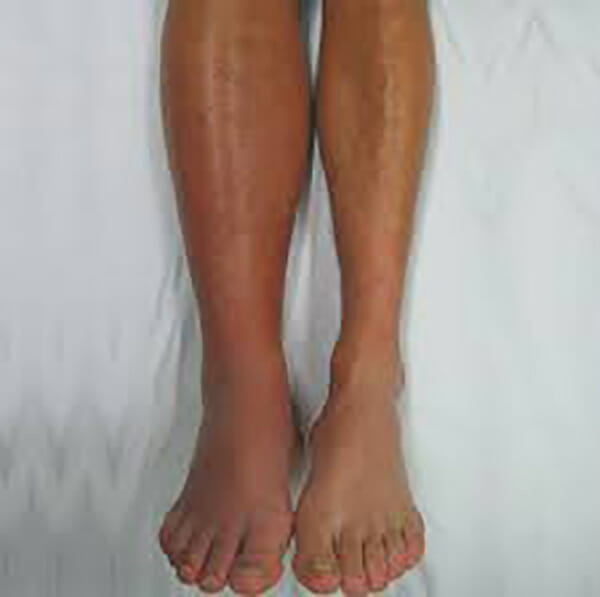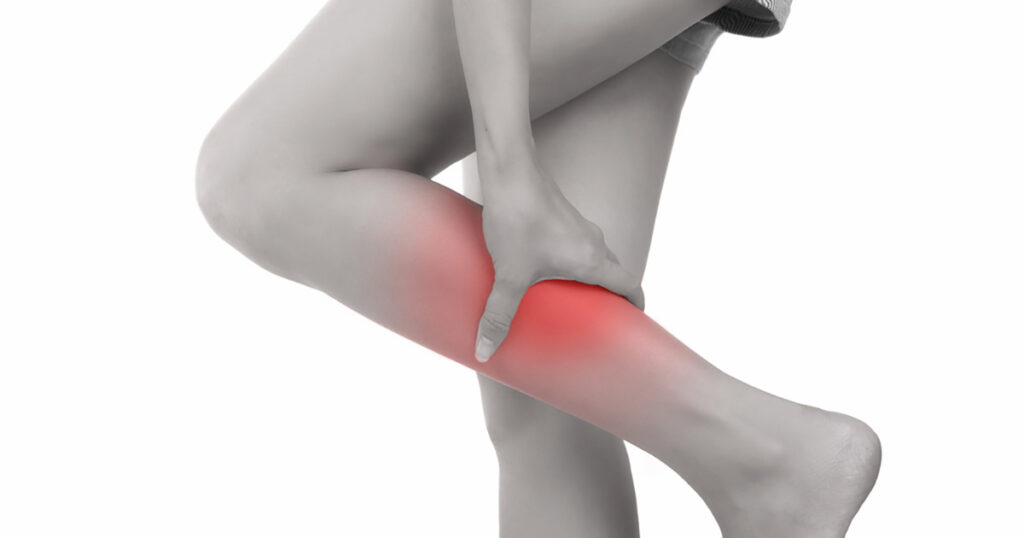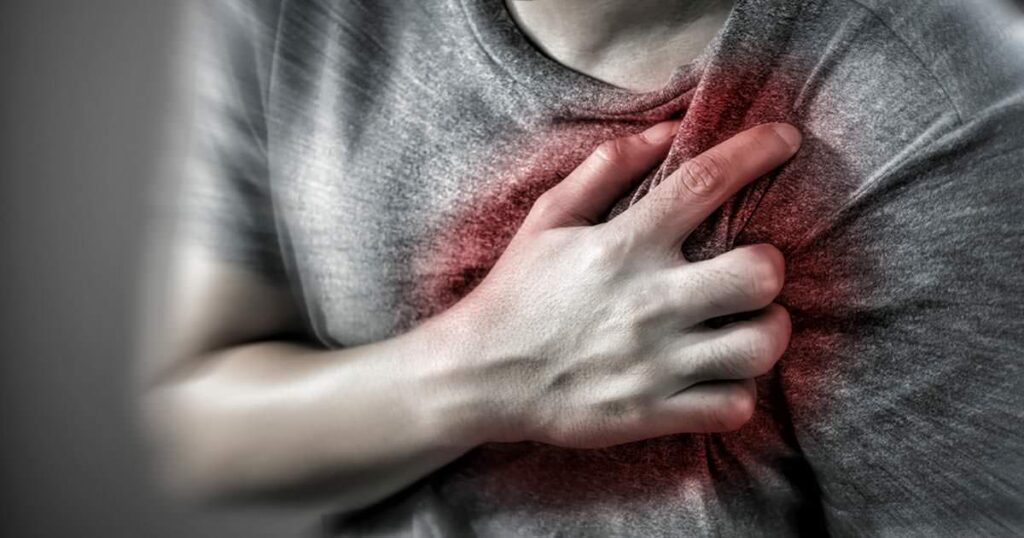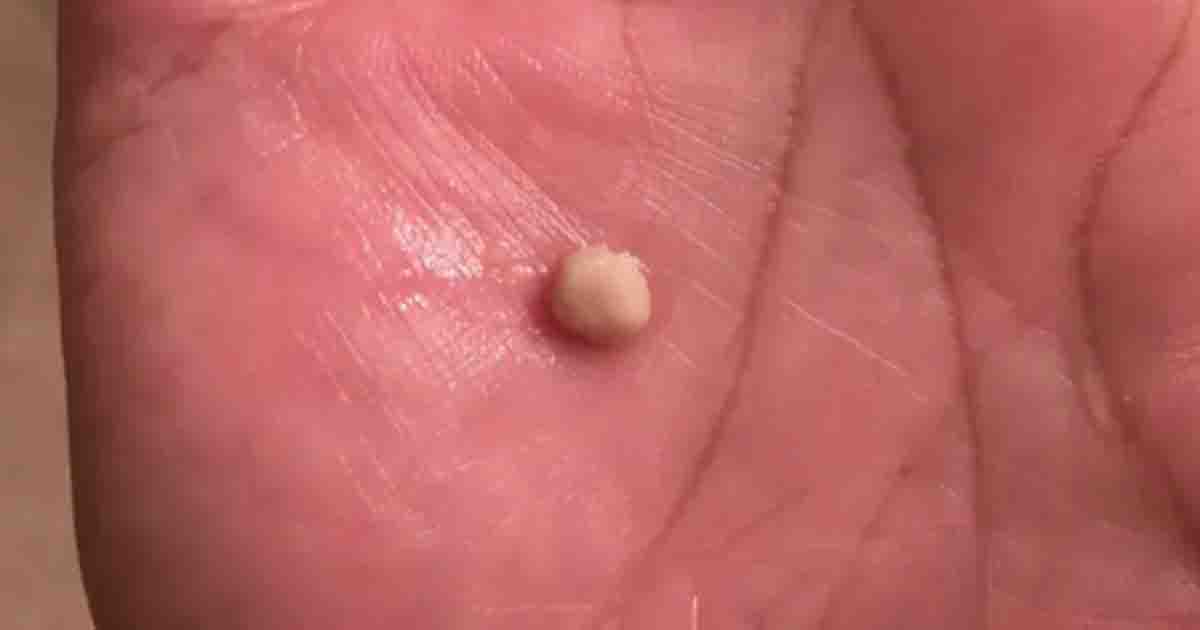Your body gives hints before a blood clot: 8 hidden signs you shouldn’t ignore
Every year, an estimated 60,000 to 100,000 Americans lose their lives due to blood clots. Even with the availability of various medications, a significant number still succumb, often because they don’t seek treatment in time or at all.
Promoting awareness can make a difference. Recognizing our bodies’ critical signs can prompt timely medical intervention, potentially saving lives.
Blood clots form when blood becomes thick and creates a blockage in the vessels, obstructing regular blood flow. Such blockages can lead to severe conditions like heart attacks or heart failure.
The reasons behind the formation of a blood clot in someone can remain unclear, and often, the symptoms might be subtle. Hence, recognizing early warning signs is crucial to get timely treatment. Here are 8 signals to watch out for.Blood clots can be deadly and recognizing their signs is crucial for timely treatment. Here are 8 warning signs of blood clots everyone should be aware of:

Swollen Calves: Blood clots can form in the calves, known as deep vein thrombosis (DVT). This can lead to poor blood circulation, causing swelling, warmth, redness or discoloration in the affected area.

Leg Pain: Pain or tenderness, especially in the legs, calves, or feet, is a typical DVT symptom. The affected area might feel sore or tense.

Red Stripes on Veins: Visible red stripes along prominent veins can indicate a blood clot. These veins can also be sore or warm to touch.

Chest Pain: A blood clot in the lungs requires immediate medical attention. Signs include a sharp pain, often localized on one side of the chest. The pain may also be felt in the back or appear as pressure in the chest center.

Breathing Difficulties: Shortness of breath, a racing heart, cold sweats, dizziness, or fainting can all point to a blood clot in the lungs. If combined, these symptoms are especially concerning.

Dry Coughing: Persistent coughing without a cold or illness, particularly if accompanied by chest pain, heart palpitations, or difficulty breathing, may be a sign of a clot. In some cases, the cough may produce blood-tinged phlegm.

Digestive Issues: Blood clots in the intestines can manifest as sharp abdominal pains, nausea, and bloody diarrhea.

Severe Headache: Intense headaches may signal a clot or bleeding in the brain, also known as a stroke. This can lead to vision or speech problems, numbness (often on one body side), confusion, or dizziness.
If you or someone you know exhibits any of these symptoms, seek medical attention immediately.





